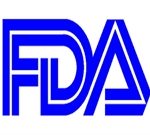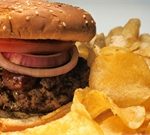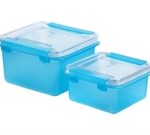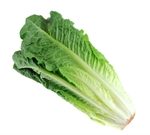
Federal health officials have unveiled plans to allow prescription drug imports from Canada and other foreign nations. The U.S. Food and Drug Administration is proposing a rule under which states could import some prescription drugs from Canada, U.S. Health and Human Services Secretary Alex Azar announced Tuesday. The agency also plans to make it easier for drug manufacturers to import their own FDA-approved drugs that are manufactured abroad and intended for sale in other countries. “This would potentially allow for the sale of these drugs at lower prices than currently offered to American consumers, giving drug makers new flexibility to reduce list prices,” Azar told reporters. Azar touted the proposals as “historic.” All imported drugs would have to be FDA-approved, tested to ensure quality, and relabeled to meet U.S. labeling requirements, added Admiral Brett Giroir, the assistant secretary for health. State programs created to import medications would be limited to pills that patients would typically get from a pharmacy, Azar said. Injectable products, controlled substances, biologic products and intravenous drugs would not be allowed. States would create these programs, possibly in conjunction with wholesalers or pharmacies, and then submit them to FDA for approval, Giroir said. However, drug manufacturers would be able to import any of their own products from other foreign countries, Azar said. That would include products such as insulin, which has recently… read on >



























-300x200.jpg)







-300x169.jpg)
